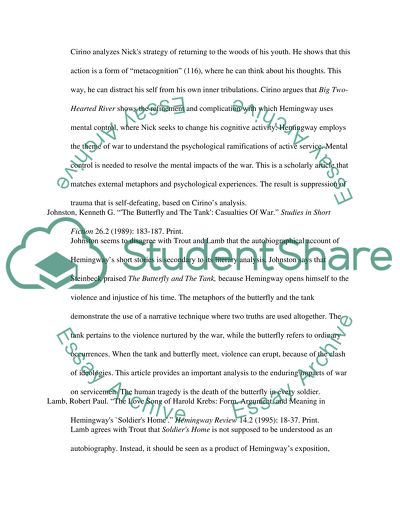Cite this document
(“Hemingway: War in His Short Stories Annotated Bibliography”, n.d.)
Retrieved from https://studentshare.org/literature/1424803-hemingway-war-in-his-short-stories
Retrieved from https://studentshare.org/literature/1424803-hemingway-war-in-his-short-stories
(Hemingway: War in His Short Stories Annotated Bibliography)
https://studentshare.org/literature/1424803-hemingway-war-in-his-short-stories.
https://studentshare.org/literature/1424803-hemingway-war-in-his-short-stories.
“Hemingway: War in His Short Stories Annotated Bibliography”, n.d. https://studentshare.org/literature/1424803-hemingway-war-in-his-short-stories.


